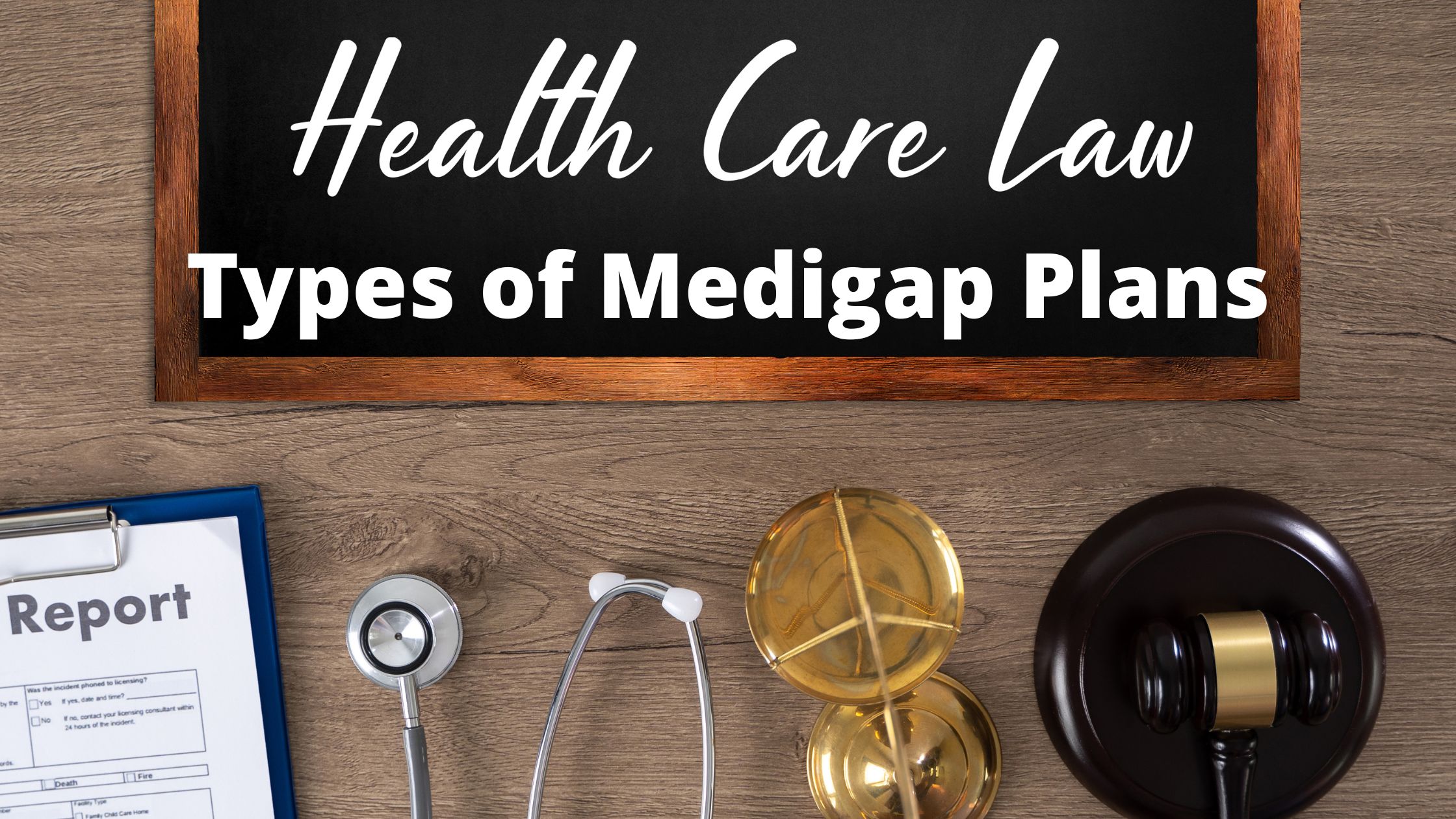A Medigap policy is a type of insurance that helps cover the costs of medical care. The policy has two parts: an insurance part and a supplemental part. The insurance part covers you if you need to pay for medical services out-of-pocket, while the supplemental part pays for things like co-payments, deductibles, and other fees.
What is a Medigap Plan?
Medigap plans are optional insurance policies that cover costs not typically covered by Medicare. These policies can help cover things like doctor visits, prescription drugs, and other health care expenses.
When to use a Medigap plan?
A Medigap policy can be a good option for people who don’t want to use Medicare because it has coverage limitations or because they have specific needs that Medicare doesn’t cover. For example, a Medigap policy might be a good option for people who have high-deductible health plans or for people who have insurance that doesn’t pay for certain types of care.
To decide if a Medigap policy is right for you, talk to your doctor and compare the prices of different policies. Also, review the coverage limits and exclusions of each plan to make sure it meets your needs.
Types of Medigap Plans
Medigap plans are an important part of coverage for seniors and can help cover a large range of costs. Here are four types of medigap plans:
The Medicare Part D plan provides drug coverage for people over the age of 65. This plan is available through most private insurance companies.
The Medicare Advantage plan is a private health insurance program offered by some Medicare providers. This plan includes coverage for prescription drugs, hospital stays, and some other benefits.
The Medigap Plans of America (MPA) plan is a policy offered by MPA, the national association of medigap insurers. The MPA plan is the only prepaid medigap plan that offers full hospitalization coverage.
The State Health Insurance Program (SHIP) provides eligible residents with comprehensive health insurance through their state government. This program includes coverage for prescription drugs, doctor visits, and other medical expenses.
How to Choose the Right Medigap Policy for You?
When you’re considering whether to buy a medigap policy, there are a few things to consider. First, what kind of medical expenses are you likely to incur? Second, how much money can you afford to pay out each year in premiums? And finally, what kind of benefits are available through your chosen medigap policy?
Here’s a rundown of some of the most common types of medigap policies and their features.
Single-Area Plan: This type of policy covers only one category of expenses, such as hospitalization or prescription drugs.
Multi-Area Plan: This type of policy covers both hospitalization and prescription drugs, as well as other types of medical expenses.
Medigap Coverage for Prescription Drugs: Most medigap policies include coverage for prescription drugs. This means that you won’t have to pay the full cost of your medications – the policy will typically cover 80% to 100% of the cost.
Deductible/Coverage Amount: With a single-area plan, you must pay the first $2,000 in covered expenses each year before any benefits are paid. With a multi-area plan, the coverage amount is usually greater – for
When to Use a Medigap Policy?
A Medigap policy is a type of insurance that helps cover some of the costs associated with healthcare. They are known as “medicare supplemental policies” because they are used in addition to traditional Medicare coverage. These policies can be bought by individuals or families and can protect you from out-of-pocket expenses for healthcare services. Here are four times when using a medigap policy could make sense:
1) When you have Part A or B Medicare coverage, but want to ensure that you’re covered for all your out-of-pocket healthcare costs. A medigap policy will help cover the costs of services not included in your Medicare coverage, like doctor’s appointments, hospital stays, and prescription drugs.
2) When you have private health insurance and want to find out if it covers any of your healthcare costs. Most private health plans don’t cover all expenses, so checking with your insurer is always a good idea. If your plan does not cover an expense, a medigap policy can help pay for it.
3) When you’re considering switching to a different healthcare provider. Many providers accept most medicare policies, so if you’re thinking about changing providers, having a medigap
Conclusion
If you’re planning on eventually having a child, or if you’re already pregnant and have started thinking about what your options are for healthcare in the future, it’s important to know about medigap policies. A medigap policy is an insurance plan that provides coverage for medical expenses that are not covered by your regular health insurance. There are a variety of types of medigap policies available, and each one has its own benefits and limitations. It’s important to do your research before choosing which policy is right for you, because there is no one size fits all when it comes to healthcare.

